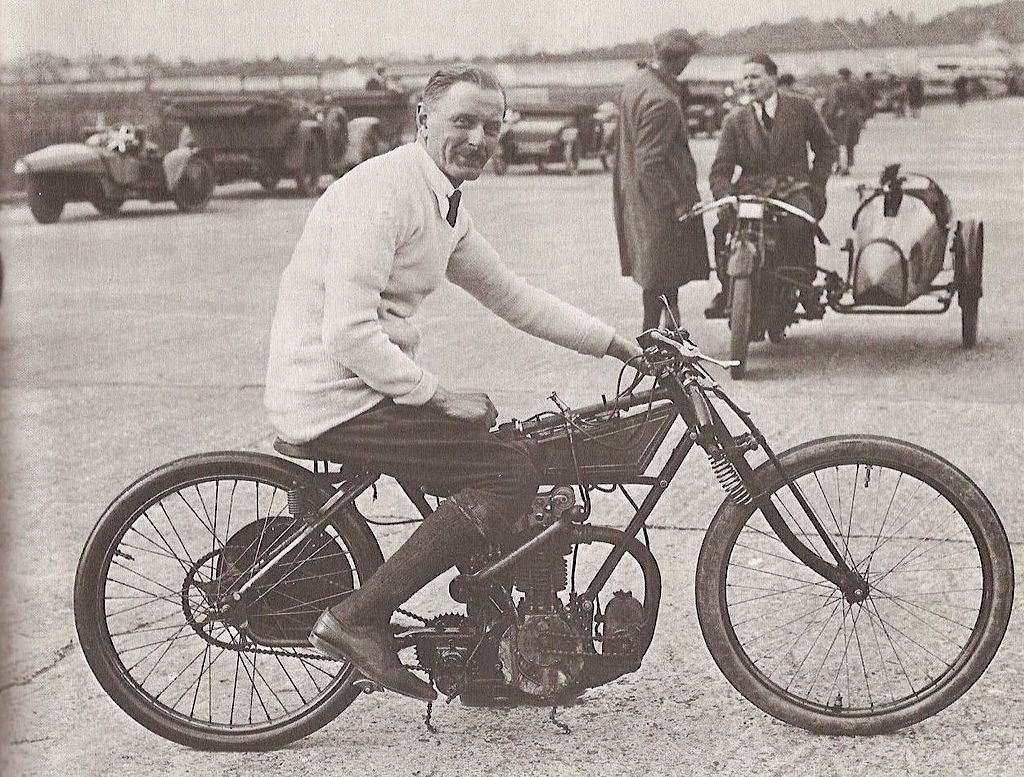
Karl Ernest Donajowsky (or Donsky) was born in Dublin in 1891 of Polish parentage, and adopted ‘Kaye Don’ as his nom de course. He began entering road trials on motorcycles in 1912, and worked as a tester for Avon Tyres, but the advent of WW1 in 1914 put a pause on his competition career. He joined the Royal Flying Corps as a pilot, eventually serving as an artillery observer in an R.E.8 reconnaissance plane over the Belgian front. When racing resumed in 1919, he raced motorcycles, and lived in Kingston-Upon-Thames as a man of means, employing Charles Cooper as his full-time racing tuner/mechanic. ‘Charlie’ Cooper went on to found the Cooper Car Co. after WW2, taking two F1 World Championships with his then-radical mid-engine monoposto designs. For a time Don and Cooper lived together at Don’s address, before Cooper was married in 1923 and moved a short distance away. Cooper earned his mechanical apprenticeship at Napier just before WW1, and gained tremendous mechanical experience during an immediately after the war, repairing and reconditioning a wide variety of vehicles. Cooper would remain as chief engineer of Kaye Don’s racing equipe through 1934.
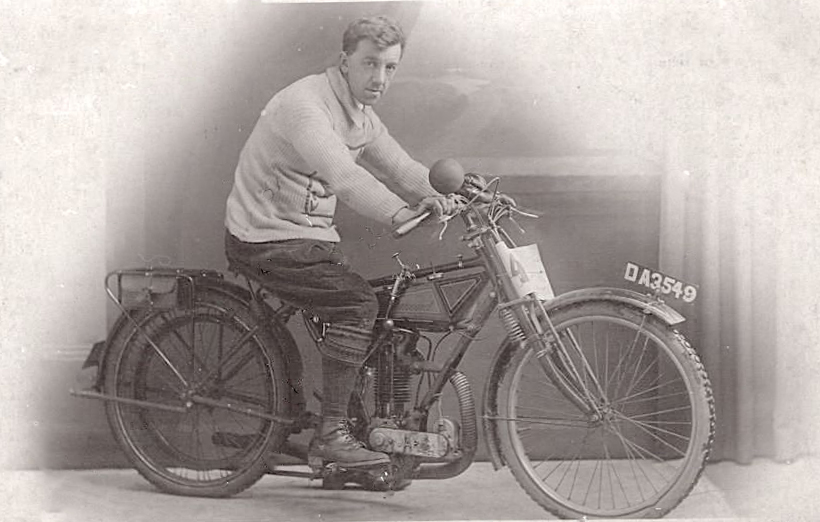
The top photograph is dated April 16, 1921, with Kaye Don aboard a pretty little Diamond 250cc OHV track racer with a 2-speed Sturmey-Archer gearbox. On that day the Diamond set a flying kilometer speed record of 69.62mph, impressively fast for such a small machine. Note the details of the Diamond: it has no brakes whatsoever, Druid racing forks, no chainguards on the primary or final drives, and no mechanical oil pump. Don would have pressed the manual oil pump atop the fuel tank every mile or so, and squeezed the ‘front brake’ lever for an extra shot of oil direct to the crankshaft’s big end. The right handlebar also carried the combined throttle and air slide levers (there were few ‘automatic’ carbs at that time), to fine-tune the mix of fuel and air: a level of rider control no longer possible today. Kaye Don’s outfit includes the typical woolen racing gear of the day (jodhpurs and an Oxford sweater), with his detachable-collar shirt, necktie with tiebar, high wool socks and street shoes. Hardly protective gear! All the chains were exposed on his Diamond, and considerable oil has been flung onto on the engine. Plus of course, there are no mudguards to keep down weight, but without any protection from road grit or oil, it’s a wonder how his sweater remains clean! Regardless, a dashing portrait of an apex racing gentleman. The photo deserves additional scrutiny for the details in the background: note a Morgan Grand Prix parked along a safety rail with several open touring cars. The white horizontal strip in the far distance is the Byfleet Banking of the Brooklands racing circuit, which was nearly vertical at the top and appears as a wall here. Just behind the Diamond is a fantastic racing combination with an alloy-body sidecar, with giant dropped handlebars and a painted number roundel on the nose of the ‘chair’. I can’t discern the make of the bike, but it looks like a big v-twin, possibly a Zenith.
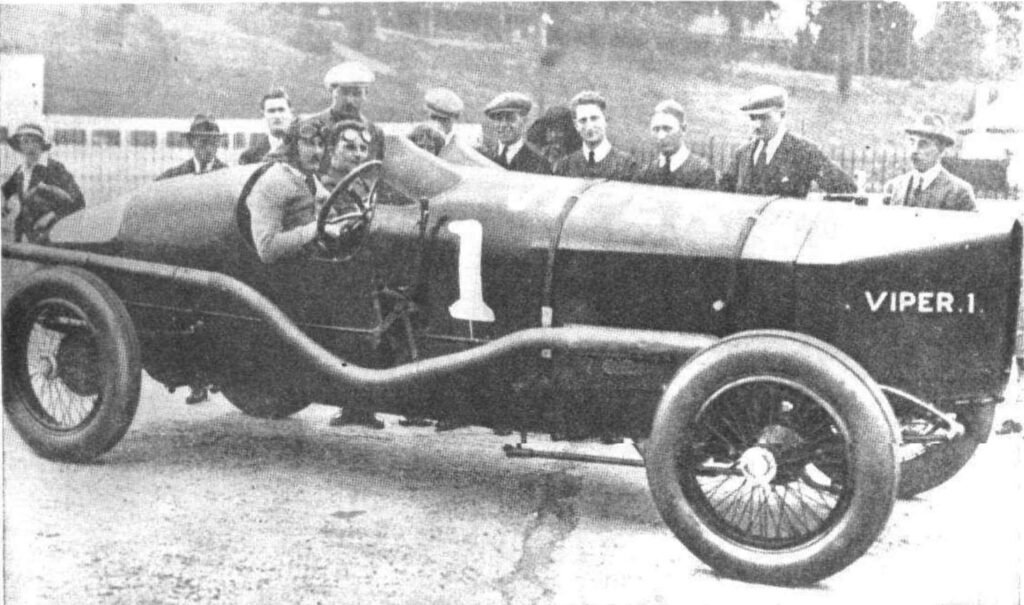
Kaye Don switched from racing motorcycles to racing cars later in 1921, after purchasing Harry Hawker’s remarkable A.C. monoposto racer, after Hawker’s death in an aero accident. Hawker had lived near Don, and he purchased the car presumably from his widow. The A.C. had an OHC 4-cylinder 1.5L motor on a long chassis and an alloy body built by Hawker himself: the engine was well-developed, and was the first 1.5L car to exceed 100mph, reaching 105.14mph over a measured half-mile at Brooklands with Hawker driving. After Kaye Don purchased the car, he recorded 100.4mph over a flying kilometer, but it was a year before a full mile at over 100mph was reached. The second care he raced was the famous Wolseley Viper, which was not really a Wolseley at all, but an aero-engined ‘monster’ assembled after WW1 and raced with some success by various drivers, until such machines were banned at Brooklands in 1930. After that, the Viper continued to serve, employed as a high-speed mobile test-bed for Avon Tyres, as it could reliably circulate the Brooklands track at over 100mph. The Viper used a Hispano-Suiza Type 34 200hp 11.7L OHC V-8 motor, built by Wolseley Motors Ltd. under license during WW1, and a pre-WW1 Napier shooting brake chassis owned by King George V, and surreptitiously borrowed by the Prince of Wales for the creation of the Viper by Alaister Miller, competition manager at Wolseley.
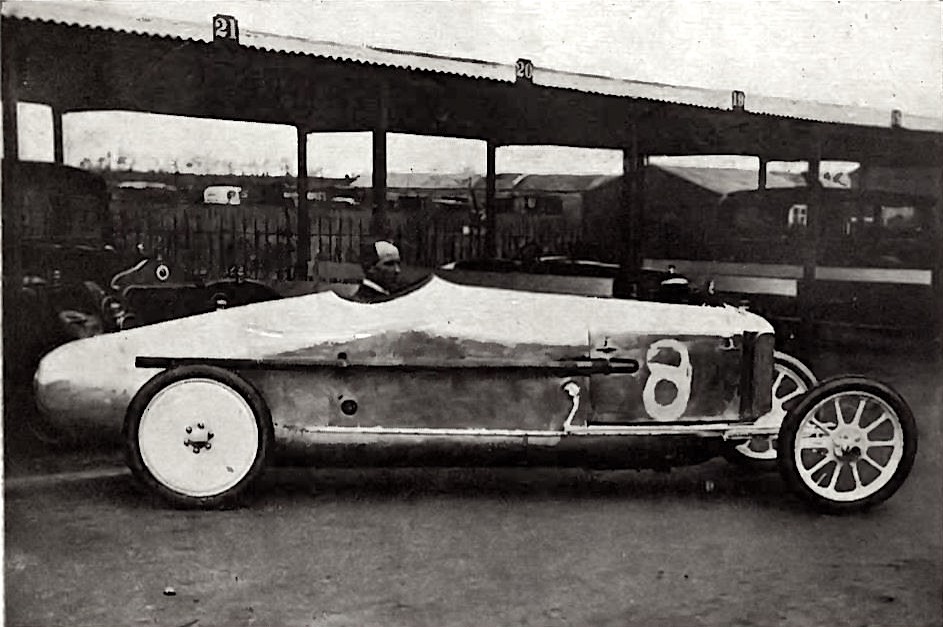
After making a name for himself with race wins and 100mph laps, Kaye Don was offered a works driver position for Sunbeam in 1925. He drove three cars; the Cub, the Tiger and the Tigress, all of which were winners. ‘The Cub’ used an inline 6-cylinder OHC 1,988cc supercharged engine, and won the Gold Vase at Brooklands in 1927, lapping at over 118mph. The motor produced 145hp and its best laps at Brooklands were over 126mph in Kaye Don’s hands. In 1925 he raced a remarkable 12-cylinder OHC 3,978c.c. supercharged Sunbeam, built to take a Land Speed Record, but also raced at Brooklands by Don, who set the Outer Circuit lap record several times, at 131.76, 134.24 and eventually 137.58 mph. He was the only driver at Brooklands to make a 130mph lap in the 1920s, which earned him the first ‘triple Gold Star’.
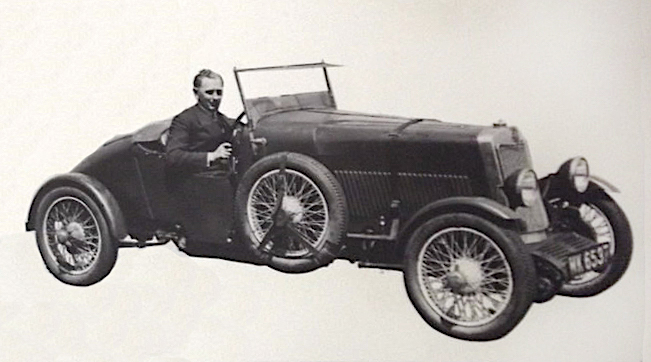
Kaye Don seemed happy driving any vehicle at speed, including the Jappic cyclecar, with which he set a 65mph 10-mile record in 1925, with a 495cc J.A.P. motor – the inspiration for the future Cooper racing cars? Don also raced on various various road circuits, proving he was a skilled road racer as well as a brave top speed driver. He won the 1928 Ulster TT driving a Lea-Francis, and competed at the Isle of Man TT using an MG Magnette. He was British Motor Racing Champion in 1928 and 1929. In 1930, Charles Cooper travelled to Molsheim to assemble the 4.9-litre, straight-eight Bugatti that Kaye Don is most famous for driving, among several Bugattis he campaigned.
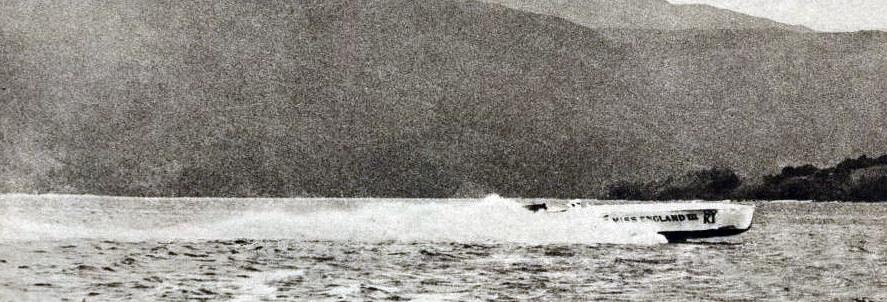
Don held many World Water Speed Records, which most would agree are far more dangerous undertakings than Land Speed Record breaking; in fact, many famous record holders on land lost their lives attempting the same in boats. The list of Kaye Don’s records in boats is impressive, and he travelled extensively to the U.S.A., South America, Australia, South Africa and Europe to race. Don held the World Water Speed Record four times: 1931 Buenos Aires: 104 mph. 1931 Italy: 110 mph. 1932, Loch Lomond: 119 mph. He was awarded an International Motor Yachting Union Medal in 1931. He left boat racing in 1932, after famously reaching 120.5mph with the potent ‘Miss England III’.
Tragedy occurred at during practice for the 1934 IoM TT motor race, with an MG Magnette racer. Don had complained to MG about the steering and brakes of his racer, and asked his racing mechanic Frank Tayler to improve them. Tayler joined Don in the evening for a test run on public roads that were no longer closed for race practice. Of course, Don tried the MG at racing speeds, but sideswiped another car coming the opposite direction, and crashed. While none of the 5 occupants of the other car were injured, Frank Tayler was badly injured and soon died. As he had been driving at illegal speeds in a race car on open roads at the time of the accident, Kaye Don was charged with manslaughter, and despite the efforts of the motoring press, who testified that Tayler knew the risks of the situation, Don was convicted. After spending 5 months in prison, Don was released in Dec. 1934.
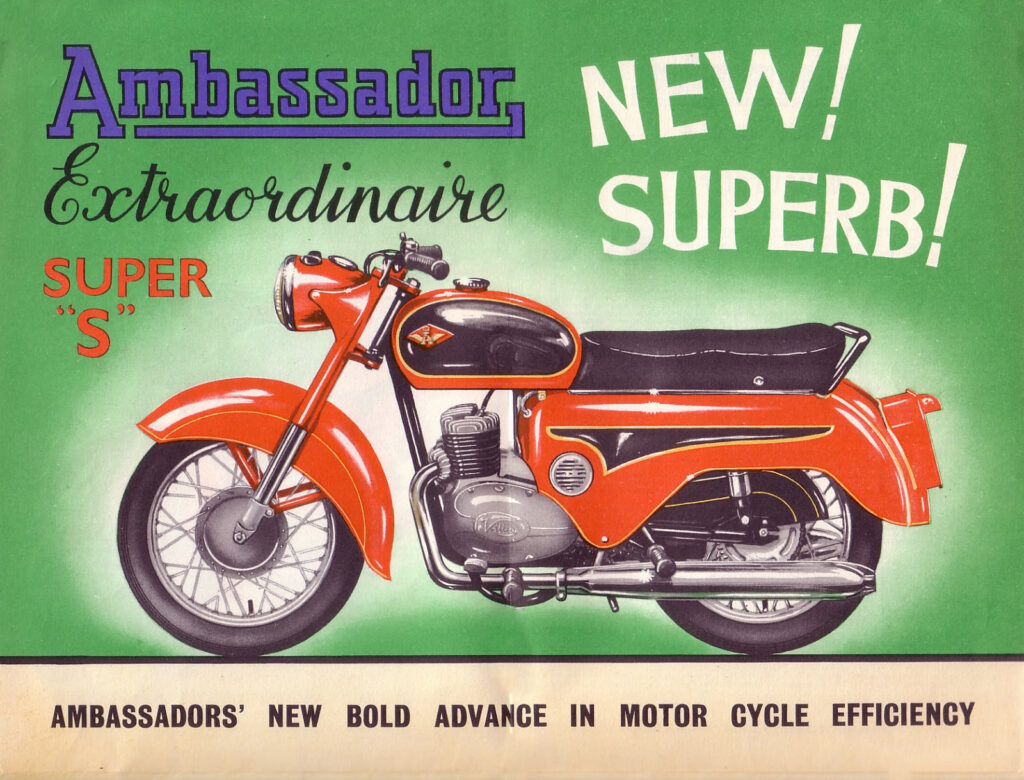
Kaye Don attempted a comeback in 1936 on four wheels, but this proved difficult, and he returned to working for Avon Tyres, testing new compounds for high-speed driving, sometimes using his old Wolseley Viper racer. In 1946, he founded U.S. Concessionaires with the intention of importing American cars, but the British gov’t would only allow exports of British goods, due to the extreme national debt incurred during the War. Don pivoted to founding Ambassador brand motorcycles in 1946, which proved successful, using mostly Villiers two-stroke engines in well-built chassis (I had a 1959 Ambassador Super S with 250cc Villiers twin engine – a lovely machine). He sold Ambassador to DMW in 1961, and retired, aged 70. He lived from 1891 to 1981.
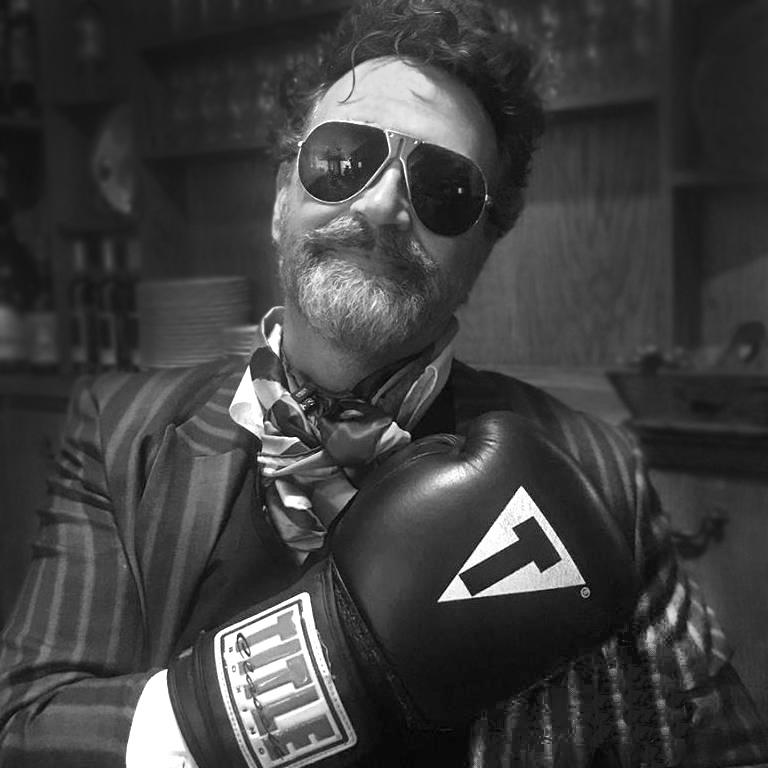

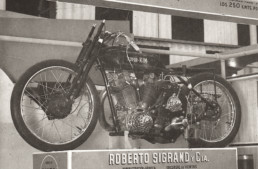
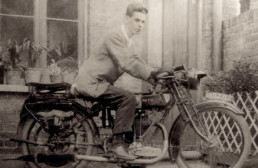
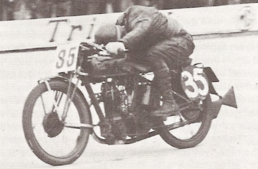
Yup … they knew how to dress in them days .
On a personal note … the great photo of grandfather on his brand spanking new 1926 H-D complete with sidecar decorated to the hilt for my home town’s 1926 Memorial Day parade .. wearing the H-D catalogue clothing of the day … sports coat … knickers .. riding boots .. bow tie .. white shirt and a jaunty driving cap .
And then … there’s the wife’s grandfather atop Pikes Peak in his Pikes Peak Special in 1920 … once again in a full suit albeit with leather driving … errr … helmet .. passenger mechanic by his side .. in similar regalia
So yeah .. the wife and I come to the GearHead gene legitimately … passed down thru the generations … being striped away as we speak by everything and all around us .
Top that Paul !
😎
Frank, so fascinating! What a life he and his family lives. Thank you so much for sharing…